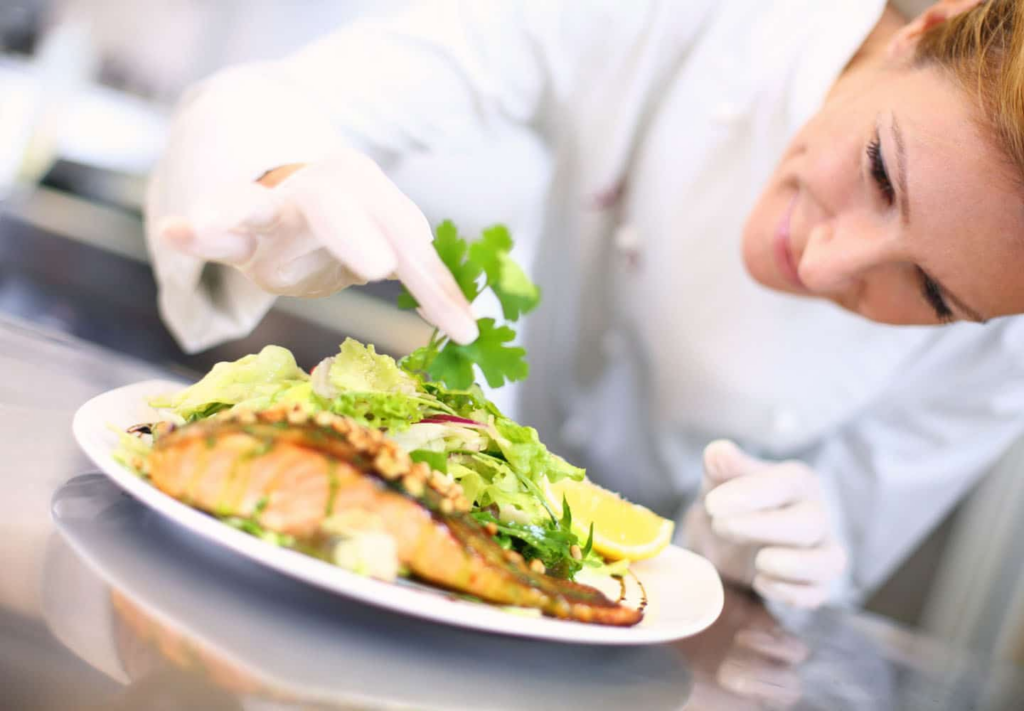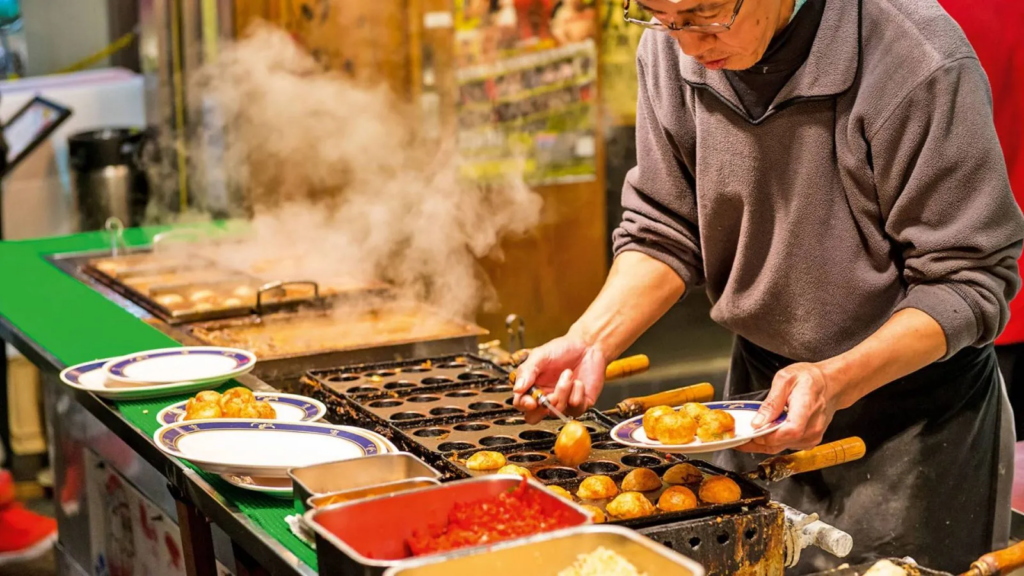
Are you a passionate foodie with a desire to explore the world through your taste buds? If so, you’re not alone. Culinary tourism, also known as food tourism, has become a thriving trend for those who want to savor the flavors of different cultures while enjoying the picturesque landscapes that come with it.
I. Introduction
A. Definition of Culinary Tourism
Culinary tourism involves traveling to different destinations to experience and enjoy the unique food and drink offerings they have. It’s not just about eating; it’s a journey that encompasses the entire gastronomic experience.
B. Growing Trend in Gastronomic Getaways
In recent years, there has been a significant increase in the number of travelers seeking culinary adventures. From local street food to fine dining, food lovers are on a quest to discover the world’s diverse culinary delights.
II. Benefits of Culinary Tourism
A. Cultural Immersion
One of the key benefits of culinary tourism is the opportunity to immerse yourself in the local culture. Through food, you can gain insights into the traditions, history, and lifestyle of a particular region.
B. Culinary Education
Culinary tourism provides a unique form of education. You not only get to taste authentic dishes but also learn about the ingredients, cooking techniques, and the stories behind each recipe.
C. Social Connection
Food has the power to bring people together. Culinary tourism allows you to connect with locals, fellow travelers, and chefs, creating lasting memories and friendships.
III. Popular Gastronomic Destinations
A. Italy: Pasta, Pizza, and More
Italy, with its rich culinary heritage, is a top destination for food enthusiasts. From the simplicity of pasta to the complexity of regional dishes, every meal is a celebration of flavors.
B. Japan: Sushi and Beyond
Japanese cuisine is renowned worldwide, and a trip to Japan offers an array of culinary experiences, from the precision of sushi-making to the artistry of kaiseki dining.
C. Mexico: Spices and Flavors
Mexico’s vibrant street food, diverse regional cuisines, and bold flavors make it an enticing destination for those seeking a spicy and flavorful gastronomic adventure.
IV. Planning Your Gastronomic Getaway
A. Researching Culinary Tours
Before embarking on your culinary journey, research reputable culinary tours that offer authentic and immersive experiences.
B. Choosing the Right Destination
Consider your preferences and the type of cuisine you’re eager to explore. Choose a destination that aligns with your culinary interests.
C. Preparing Your Itinerary
Plan your itinerary carefully, ensuring a balance of cooking classes, food tours, and fine dining experiences to make the most of your gastronomic getaway.
V. Must-Try Culinary Experiences
A. Local Cooking Classes
Participating in local cooking classes provides hands-on experience and a deeper understanding of the culinary traditions of the destination.
B. Food Festivals and Markets
Explore local food festivals and markets to indulge in a variety of dishes, street food, and regional specialties.
C. Dining at Michelin-Starred Restaurants
For a luxurious experience, consider dining at Michelin-starred restaurants to savor the finest cuisine the destination has to offer.
VI. Challenges and Solutions
A. Language Barriers
Overcoming language barriers can be challenging. Learn a few essential phrases or consider hiring a local guide to help navigate menus and communicate with chefs.
B. Dietary Restrictions
If you have dietary restrictions, communicate them in advance and research local dishes that align with your preferences.
C. Budget Considerations
Plan your budget wisely, balancing high-end dining experiences with more budget-friendly options to make the most of your gastronomic adventure.
VII. How to Document Your Gastronomic Journey
A. Social Media Sharing
Share your culinary experiences on social media platforms to connect with fellow foodies and inspire others to embark on their own gastronomic getaways.
B. Blogging and Vlogging
Consider documenting your journey through a blog or vlog, sharing not just the flavors but the stories and emotions behind each culinary discovery.
C. Creating a Culinary Scrapbook
Capture memories by creating a physical or digital scrapbook filled with photos, recipes, and notes from your gastronomic journey.
VIII. Impact of Culinary Tourism on Local Economies
A. Boosting Small Businesses
Culinary tourism contributes to the growth of local eateries, markets, and food-related businesses, providing economic benefits to communities.
B. Preserving Culinary Traditions
As tourists seek authentic experiences, culinary tourism plays a role in preserving traditional recipes and cooking methods passed down through generations.
C. Sustainable Gastronomic Tourism
Encourage sustainable practices by supporting local farmers, choosing eco-friendly dining options, and minimizing your environmental impact during your travels.
IX. Tips for Responsible Culinary Tourism
A. Supporting Local Farmers
Choose restaurants and markets that source ingredients locally, supporting farmers and promoting sustainable agriculture.
B. Minimizing Food Wastage
Be mindful of portion sizes, and inquire about take-away options to minimize food wastage during your culinary journey.
C. Respecting Cultural Norms
Respect local customs and dining etiquette to ensure a positive and culturally enriching experience for both you and the locals.



